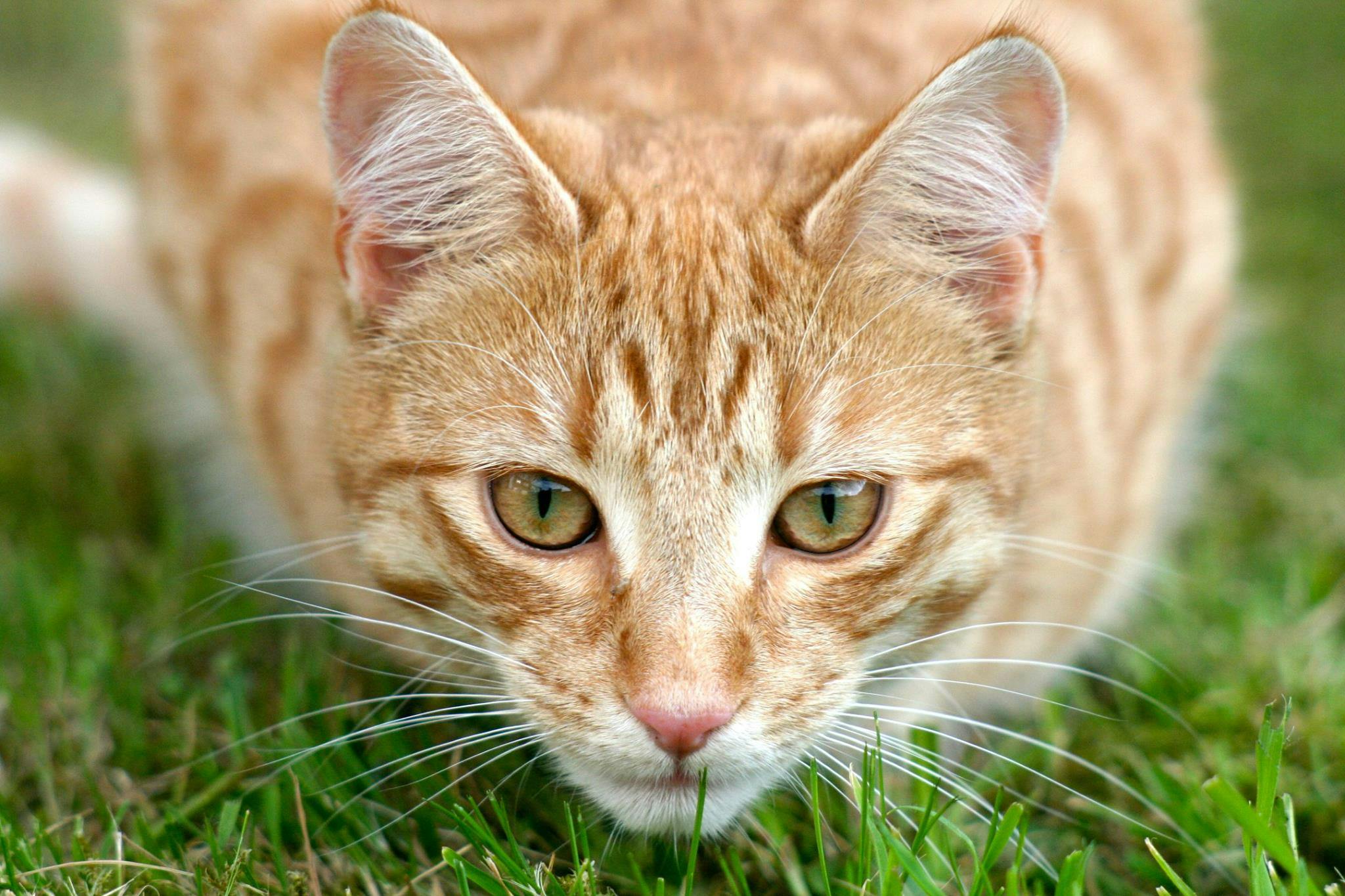The majestic one-horned rhino is a pride of Northeast India, but its survival is in jeopardy today. Human interference is one of the main factors responsible for putting the lives of one-horned rhinos at risk. Livestock grazing within protected areas makes animals vulnerable to several fatal diseases. Incessant poaching activities, mainly for its horn, are bringing this animal to the brink of extinction. The horn is used as a medicine and as an aphrodesiac. Medicinal purposes are as a pain reliever and fever suppressant. For centuries, Asians have believed that powdered rhino horn could cure everything from fever and nosebleeds to measles, diphtheria and food poisoning. Many also believe that powdered rhino horn helps retain youthful vigor and contributes to sexual stamina. However, there are no scientific studies showing that rhino horn is affective for any of these purposes. Besides the horn, rhino skin; blood, urine and manure also have economic value.
Recent Kaziranga National Park media reports of the Great Horned Rhino poaching are shocking and have put the government in Tempthooks. Given the current set of infrastructure that is available with officials on guard, they simply cannot compete with the sophisticated weapons that poachers carry. A drastic step to remedy the threat of poaching is something that needs to be resolved today or tomorrow it may be too late when we tell our next generation just by holding a photo in our hands that “Look kids, this is how a rhino from a horn used to look! “
The state of Assam is well recognized for its great ethnocultural diversity and biological richness. The state is the largest producer of tea and crude oil in the entire nation and has many oil fields and other mineral resources that not only enhance the national economy, but also satisfy the need and aspiration for future wealth. Unlike the other region of the nation, the state is home to enormous natural resources and provides habitat for many endemic flora and fauna, signifying the importance of managing biological diversity in the particular state and in the nation as a whole. . Among the important wildlife species, the great horned rhinoceros (Rhinoceros unicornis L.), found only in northern Pakistan, Bangladesh, Assam (India) and some parts of Nepal, is one of the natural gifts to the state and it is a source of attraction. for many local and foreign travelers. The rhinoceros, the state animal of Assam, known locally as Garh, is the pride of the Kaziranga National Park with an area of 430 km² located in Golaghat and the Nagaon District of Assam.
Taxonomy, ecology and behavior
Rhinoceros unicornis L. belongs to the Kingdom Animalia, Phylum Chordata and Class Mammalia. The great Indian rhino is active throughout the day, although half the day is spent wallowing and lounging in the shade. Rolling takes place in lakes, rivers, ponds, and puddles, and is especially prevalent in warm seasons to cool off. This activity is believed to be important for thermoregulation and fly control. It is drunk almost every day and mineral licks are visited regularly. Population densities vary from 0.4 to 4.85 animals per square kilometer, depending on the habitat. Only the strongest males breed, and have home ranges between 2 and 8 square kilometers in size. These home ranges are not true territories and overlap with each other. When disturbed, these rhinos generally run away, although they have been reported to attack, doing with their heads down. Smell is important in communication, with urine, feces, and glandular secretions that carry messages. Rhinos have very poor eyesight, but their senses of smell and hearing are well developed. Rhino horn is made of keratin, the same material as our hair and nails. Despite their thick fur, rhinos can easily get sunburned. Both male and female Rhinoceros unicornis have a single dark horn on their nose measuring up to 529mm, which is made up of clumped hairs.
Distribution
The greater one-horned rhino is commonly found only in South Asia and Southeast Asia. Historically, rhinos were distributed in the floodplains and forested areas of Brahmaputra, Ganges, and the Indus River Valley. Today, however, no more than 2,000 remain in the wild, with only two populations containing more than 100 rhinos: Kaziranga National Park in Assam, India (1,200) and Chitwan National Park (CNP), Nepal (600).
Habitat and food
The floodplain is the primary and preferred habitat. Adjacent swamp and forest areas are also used. Rhinos are herbivores by nature. They feed on grass, fruits, leaves, branches, aquatic plants, and cultivated crops. Tall, oily species are preferred over short ones. When eating aquatic plants, rhinos submerge their entire head and uproot the plant. Foraging occurs at night, early in the morning, or late in the afternoon to avoid the heat of the day. Rhinoceros unicornis drinks daily and likes mineral licks.
Reproduction
Reproduction occurs throughout the year. Only dominant bulls mate and it is believed that they can assess the reproductive status of females through smell. Courtship may seem aggressive. Males chase females and sometimes fights often break out. After a gestation period of 480 days, a calf weighing 70 kg is born. Weaning usually occurs within a year, although it can last up to 18 months. Females have young at intervals of about three years. One week before the next parturition, the female will chase away her previous calf. Sexual maturity is reached at 9 years for males and 4 for females. The service life is about 40 years.
Conservation status and threats
The large Indian rhino is listed as endangered (EN B1 + 2cde) by the International Union for Conservation of Nature and Natural Resources (IUCN) (1996). The main source of danger for this (and all) rhinos is the Eastern belief that their horn, among other parts, has medicinal or magical properties. The Indian rhino was already considered a ‘disappearing breed’ in the early 20th century, mainly due to the conversion of floodplain grasslands to cultivated fields. Hunting was also a factor in decimating the population. Despite protective measures, poaching remains a serious threat today due to the demand for rhinoceros horn in oriental medicine; in 1994, for example, a kilogram of rhino horn was worth approximately US $ 60,000.
(Courtesy: Frente Arunachal, Volume One No. 178, February 24, 2008.)


